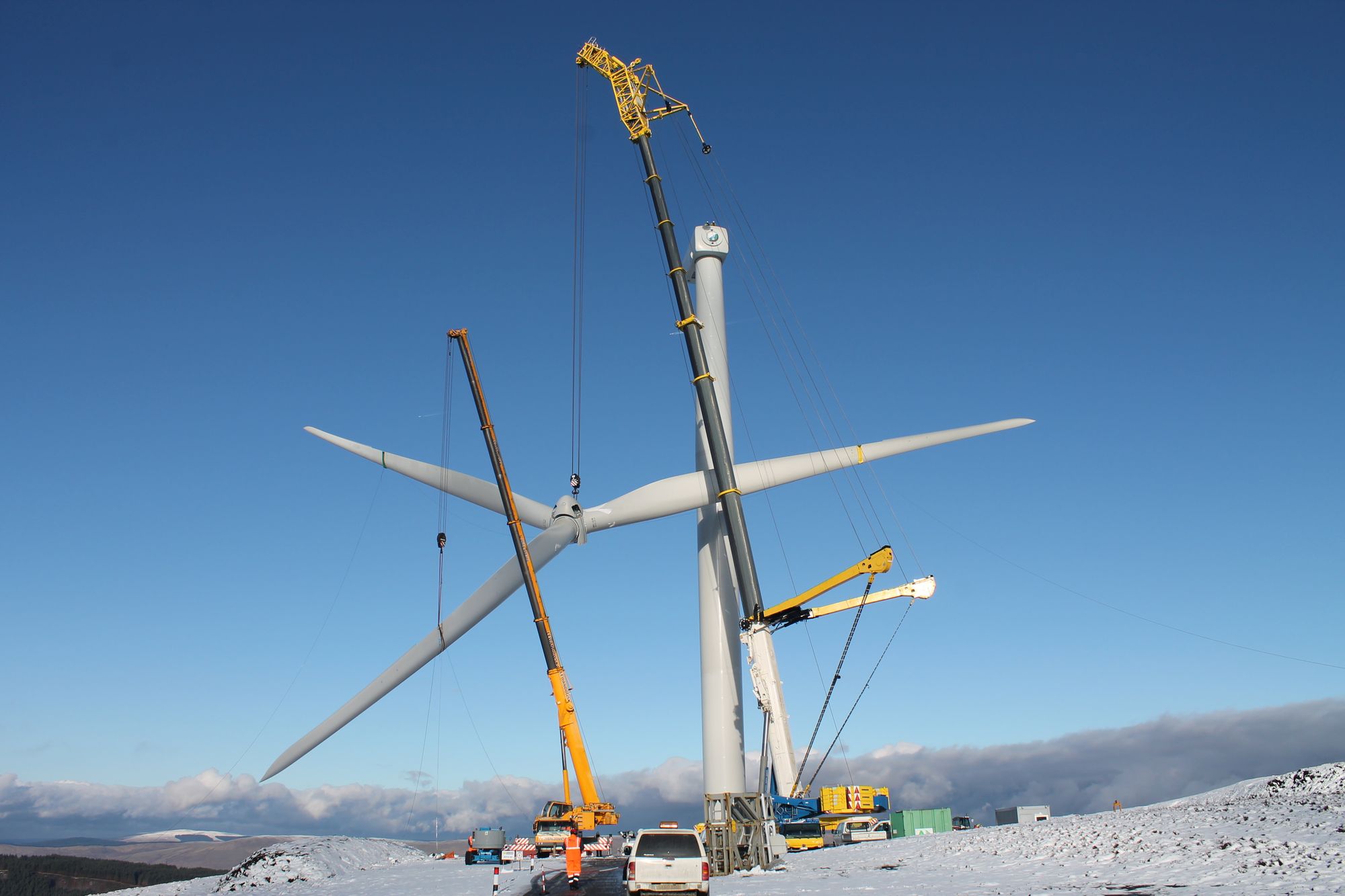How to get a windfarm in 2023

Windfarms form a key part of the UK Governments plan to reach net zero emissions by 2050 and tackle climate change. On top of that they are able to play a part in the UK’s energy security following on from Russia’s invasion of Ukraine in 2022.
From a farming viewpoint they provide a great additional revenue source for your farm business and are a great way to diversify.
So, how do you go about getting one on your land? Check out the full video below:
The 3 Big Hurdles
There are 3 major hurdles any windfarm must jump in the development stage before construction starts. They are:
- Planning permission - regional council must approve the planning application for the windfarm
- Access - windfarm are typically very remote so how is the construction traffic going to access the site? Generally speaking, the fewer landowners involved, the better!
- Grid connection - With a lack of capacity in the national grid, this is currently a major hurdle. Generally speaking, the closer the site is to a grid connection, the better
For the Landowner
Benchmark your land against the three points above but also consider the following in terms of planning permission:
- Flight paths and radar implications
- Ecology and environmental considerations - birds, wildlife, water courses, endangered species, flora & fauna etc.
- Populations close to the site - what impact will the project have on people live near the site?
For the Developer
Increased government pressure to meet climate goals and the concerns around energy security means there is now increased demand to generate our own electricity. Developers look for sites in a number of ways, including:
- Direct marketing/advertising - look out for adverts through industry publications such as Farmers Weekly and Farmers Guardian
- Land agents - these guys are the matchmakers in all of this - connecting the developer to the land owners. Land agents are vital, so make sure you have a good relationship with your land agent
- Grid connection research - a lot of developers simply seek out land close to established grid connections or adjacent to existing wind farms as the infrastructure is already there and makes the job so much easier (and cheaper!)
Suitable sites
If the developer deems a site to be viable (and commercially viable) then they will proceed to issue the following:
- Heads of terms agreement:
A set of heads of agreement, heads of terms, or letter of intent is a non-binding document outlining the main issues relevant to a tentative sale, partnership, or other agreement
- Option agreement:
An option is a contract which conveys to its owner, the holder, the right, but not the obligation, to buy or sell a specific quantity of an underlying asset at a specified price on or before a specified date, depending on the style of the option
Timescales
It's incredibly difficult to put a timescale on any windfarm project as they are all different but be under no illusion that these things take time. A LOT of time. As a rough guide:
- 1-2 years to get a Heads of Terms agreement in place
- Another 1-2 years to get an Option Lease in place
- 3-5 years to reach construction (grid connection dependent!)
One of the main hurdles in developing windfarms currently is the difficulty in getting a grid connection. The national grid is at capacity and is continually being upgraded to accommodate these new projects coming on line.

Farm Diversification
Above and beyond combatting the climate crisis and energy security issues in the UK, wind farms can provide a great diversification project to your farm business.
Not only is it an additional revenue stream but once they are up and running it’s a passive income stream which means you can continue the main job of farming the land.
In light of the Ukraine war and the push for climate change, more and more developers are looking for suitable sites so I'd encourage you to reassess your land, speak to your land agent and work out whether this is a viable option to diversify your farm business.
